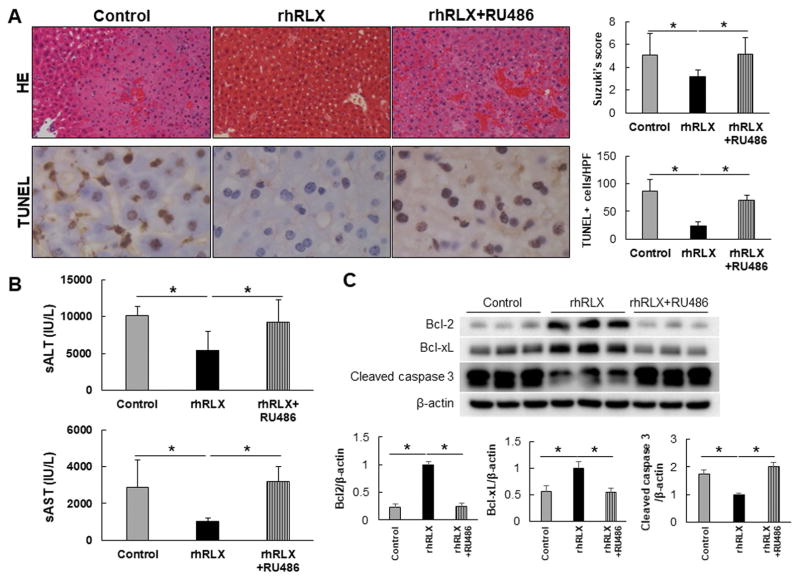Figure 8. GR antagonist (RU-486) abrogates rhRLX-induced hepatoprotection in IR-stressed mouse OLT.
Mouse livers subjected to 18h of cold storage were transplanted to syngeneic recipients treated with rhRLX or lactate ringer (control) at the time of reperfusion. Separate donor livers were pre-incubated with UW containing GR antagonist (RU-486, 500nM) for 18h during cold storage. (A) Representative hematoxylin and eosin staining (upper left, original magnification, x100) and Suzuki’s histological IRI grading (upper right, n=3–5/group). Representative TUNEL staining (lower left, original magnification, x400) and quantification of TUNEL-positive cells/HPF (n=3–4/group) (B) Serum ALT and AST levels (IU/L, n=3–5/group). (C) Western blot-assisted detection and relative intensity ratio of Bcl-2, Bcl-xL and cleaved caspase 3. β-actin expression served as an internal control and used for normalization (n=3/group). Data shown as mean±SD (Student t-test).

